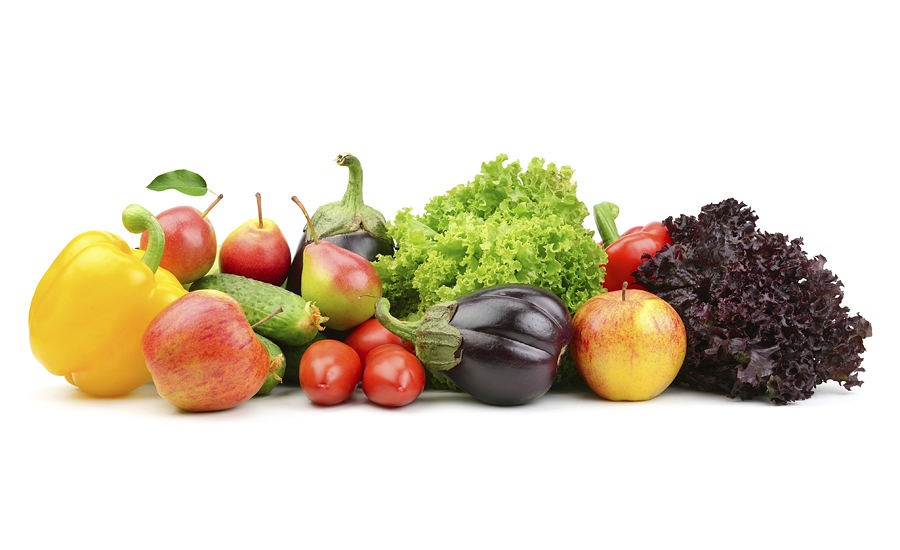A survey of 23,000 European shoppers reveals specific ways grocers can win in fresh fruits and vegetables, boosting sales by as much as 10% even in a flat market.
European consumers tend to judge the quality of a retailer’s fresh produce department based on their apples and bananas, according to a study released by McKinsey & Co., New York. Vegetable preferences are more varied, as British shoppers closely inspect the quality of potatoes, whereas courgettes (zucchini) are important for the French. Germans will notice tomatoes the most. For the Swiss, it’s lettuce.
The study revealed that in each of the four countries surveyed, consumers are satisfied with the fresh produce department of only a few retailers.
But, how exactly do consumers judge the quality of fruits and vegetables? And, what role does this judgment play in their overall satisfaction with a retailer?
According to research, quality is the biggest factor in whether a customer will recommend a store’s fresh produce department to other people. Low prices and frequent promotions matter too, but not as much as quality. These findings hold true in all four countries surveyed.
Identifying key quality items
It’s therefore a no-brainer—quality improvements should be a grocer’s main focus. And, any improvements should be targeted and specific. This research shows that quality perception is influenced by only a handful of products—usually fewer than 10—known as key quality items (KQIs).
Each KQI meets two criteria. First, the item is important to the customers who buy it. These customers pay close attention to the item when shopping, and can differentiate good quality from poor quality, so there are typically larger variations in consumers’ quality ratings of this item. Second, a KQI has a high penetration rate in shopping baskets. In other words, many customers buy the item when they shop in the store. In short, if a retailer improves the quality of just a few products in its stores, it will significantly move the needle on customer satisfaction.
Retailers should prioritize KQIs for quality investments. The KQIs in the fresh produce department differ by country and by season.
When assessing the quality of fruits, consumers in every country tend to pay attention to three attributes in particular—taste, texture and juiciness. These attributes often relate to the specific fruit variety (which is a sourcing issue) and/or the ripeness of the fruit (which is more of a supply chain and store operations issue).
A complete refresh
A quality improvement effort should be part of a comprehensive transformation program—a complete “refresh” of the fresh food department. Such a program should start with a brief diagnostic to understand the retailer’s strengths and opportunities with regard to a number of critical elements, including its value proposition, merchandising, sourcing and supply chain, store operations and shrink management. Although retailers might think that a focus on quality necessarily leads to higher shrink rates (because products that don’t meet the quality bar will need to be discarded), this study shows there’s no such trade-off. In fact, quality issues and shrink issues often have the same root cause, whether it’s poor demand planning or suboptimal sourcing processes. Addressing these root causes is the core goal of a holistic transformation program.
Some retail executives use a “save to invest” logic to govern the transformation. Any near-term savings generated—as a result of better sourcing and lower shrink, for instance—are invested right back into improving the quality of KQIs.
If grocery retailers launch targeted, systematic and sustainable quality improvement efforts now, they can begin to see positive effects on sales and customer satisfaction in a matter of months.







